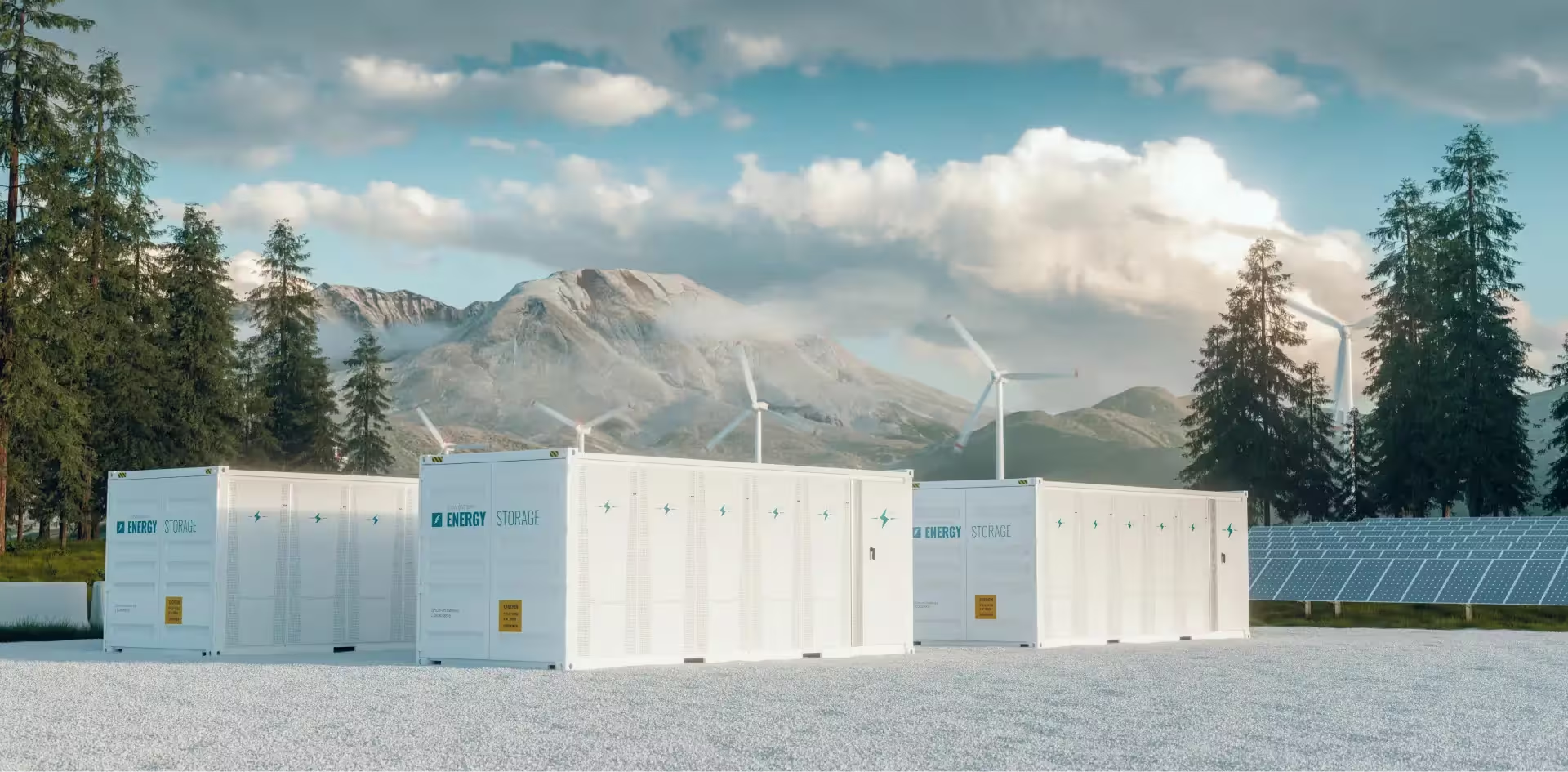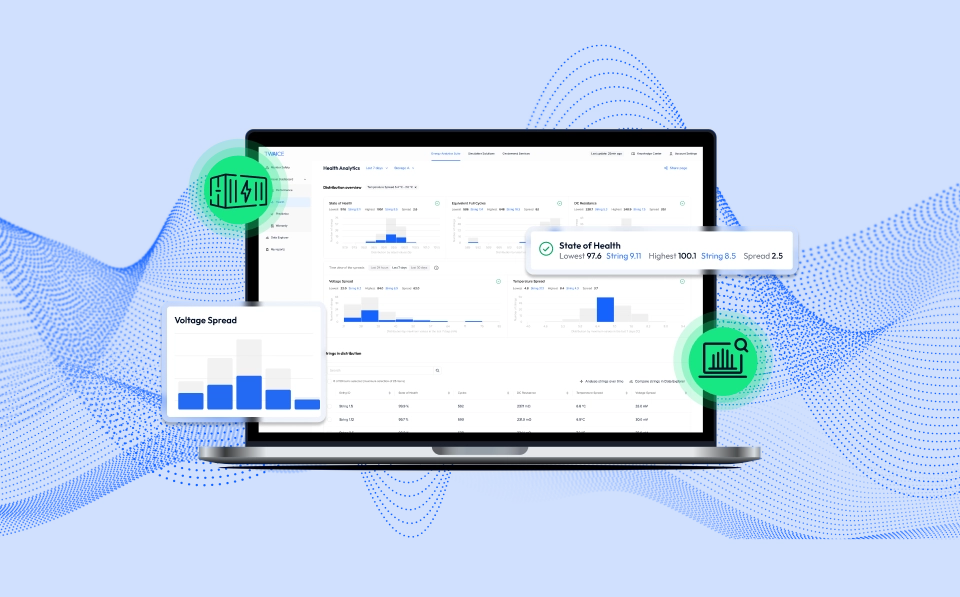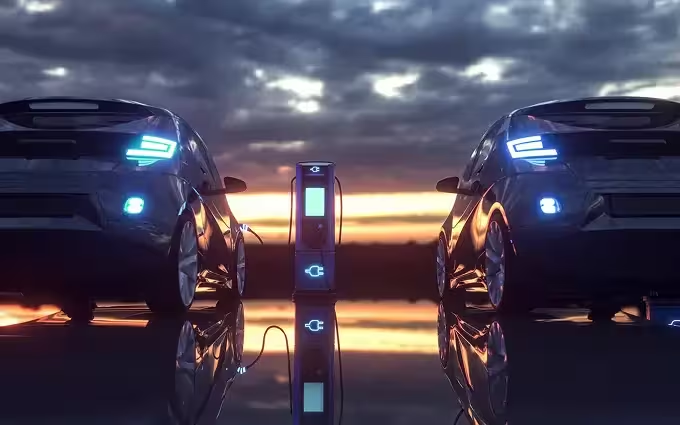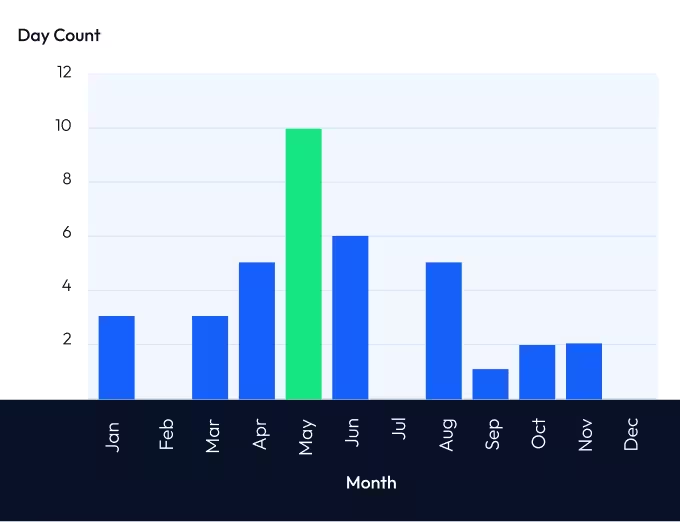Lithium-ion batteries play an essential role in the transition to renewable energies and in generating electricity from more reliable and sustainable technologies. NMC has been the widely used technology for the past years, but now LFP is increasing in popularity due to reasons such as cost and safety advantages. However, LFP comes with challenges, particularly regarding accurate state estimations.

Overcoming Challenges in SoC Estimations for LFP Energy Storage Systems
Lithium-ion batteries are an integral part of the transition to renewable energy, both for the automotive sector’s transition to green mobility, and for the transition to generating electricity from more reliable and sustainable technologies. As renewable energy sources such as solar and wind are intermittent and therefore unreliable power sources, energy must be stored for certain periods of time. Technologies are required to stabilize the grid by ensuring that energy is released into the grid or removed from the grid when necessary.
Two major lithium-ion technologies are currently used in the field of stationary energy storages: NMC (Nickel Manganese Cobalt) and LFP (Lithium Iron Phosphate). While NMC was previously the most popular technology, the use of LFP is becoming more widespread. This brings brings unique challenges, particularly regarding State of Charge estaimations.
In the whitepaper, we address the following questions:
- How State of Charge (SoC) is usually estimated
- The characteristics of NMC and LFP cells and the implication on SoC estimations
- How battery analytics can provide accurate SoC estimates for LFP cells?
Curious to learn more? Check out our product tour

See TWAICE Energy Storage Analytics in Action
Sign up for the next live group demo and learn how TWAICE can transform your BESS operations. In just 30 minutes, you’ll get a demo of key features and use cases, and engage with our product experts for a live Q&A.


(1).avif)
.avif)

